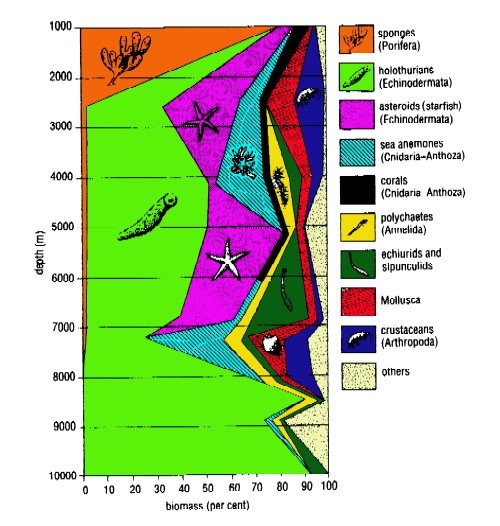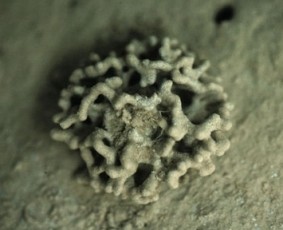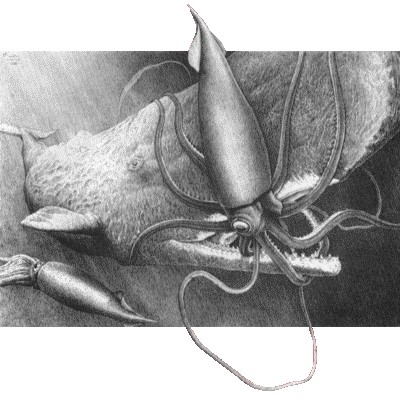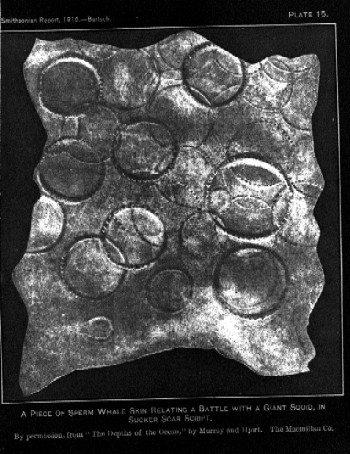|
Navigation
OCB3034
Main Page
FIU
Home
FIU
Marine Biology Home
Dept.
Biology Home
Frank
Jochem Home
E-Mail
|
Deep-Sea
Ecology
-
Largest
marine biotop, but poorly known due to sampling
problems (ship time)
-
Stable
biotop: Temperature 1-4°C; dark; oxygen
stable and seldom limiting; bottom currents generally slow (<5 cm/s);
salinity ca. 35‰
-
Substrate
is soft bottom; rocky substrates limited to mid-ocean ridges, seamounts
-
Species
composition: Holothuria (sea cucumber) and
star fish are dominant below 2000 m with holothurian dominance increasing
with depth; small polychaetes (brittle worms) are numerically important

-
Special
groups: Pogonophora, Entero-pneusta and Echiurida
(worms) are deep-sea phyla with maximum diversity/ abundance below 5000
m depth
Deep-Sea Life
-
Tendency
to gigantism: benthic foraminifera and xenophyophores
(gigantic amoeba), some cephalopods (squid)


The
giant amoeba, the xenophyophores of the deep-sea; for more information
visit this article on the xenophores
-
Tendency
to dwarfism: deep-sea meiofauna is dominant
over macrofauna; nematodes make up majority of soft-bottom meiofauna
-
Bioluminescence:
to attract/lure food and to communicate with potential mates
-
Anglerfish:
dwarf male lives parasitic on female (circumvents search for mates)
-
Hadal
zone and regions below 6000 m depth are often
inhabited by species endemic to a certain trench
The Giant Squid Archetheutis

-
The giant
squid Archetheutis dux grows up to 18 m in length. Only dead, washed-up
specimens have been found to date. It is assumed to be a prey for sperm
whales, based on battle scars on whale skin

 
 |







